Relativistic viscous hydrodynamics for nuclear collisions and applications to thermalizing color glass
| Pub type: | Phdthesis |
| Citation: | somanathan:PhD2016 |
| Status: | Published |
| Type: | Ph. D. |
| Journal: | Ph.D. Thesis, Texas A\&M University |
| Year: | 2016 |
| Month: | May |
| School: | Department of Physics & Astronomy, Texas A\&M University |
| Address: | College Station, TX, USA |
| URL: | http://oaktrust.library.tamu.e... |
| Abstract: | Heavy ion collisions such as those taking place at the Relativistic Heavy Ion Collider (RHIC) at Brookhaven National Laboratory and Large Hadron Collider (LHC) at CERN provide us with an opportunity to study dense and hot nuclear matter. This matter, called Quark Gluon Plasma (QGP), is believed to have existed in the early universe. Now we can create this material in heavy ion collisions and study its properties. There have been early theoretical arguments that collisions of nuclei at large energies can be described by relativistic hydrodynamics. The experimental heavy ion programs at RHIC and LHC have finally provided strong evidence that quark gluon plasma in those collisions indeed cools and expands hydrodynamically. In recent years precision hydrodynamic calculations have become tools that are also necessary ingredients for successful calculations of hard probes, heavy quarks, electromagnetic probes etc., in heavy ion collisions. Here we develop, implement and test a viscous 3 + 1 D hydrodynamic code. It contains both shear and bulk viscous corrections and is able to deal with shocks and steep gradients. In our approach we used finite volume schemes with a fifth order accuracy in space and up to third order in time. We benchmarked our code with several analytical tests which tested our code rigorously for accuracy in all the spatial and temporal directions. The shear viscous part of our code was also analytically compared with results from the evolution of Gubser initial conditions. We also conducted numerical tests for the accuracy of the implementation of bulk stress and a variety of standard tests including shock wave and fluctuating initial conditions. We finally apply this code to initial conditions based on color glass condensate (CGC) theory to trace key observables from very early times to freeze-out. Despite the high viscous corrections in our CGC initial conditions and its surprising similarity in structure to the Navier Stokes values (but with higher magnitudes in general), our code was able to run successfully for several impact parameters and we were able to extract key physical parameters of interest like energy momentum tensor and angular momentum. With this we intend to tune to data from RHIC and LHC. |
| Month_val: | 5 |
| Sig contrib: | R. J. Fries |
| Authors: | |
| Added by: | [DGM] |
| Total mark: | 0 |
| | |
|
Notes
|
|
|
|
|
|
Topics
|
|
|
|



